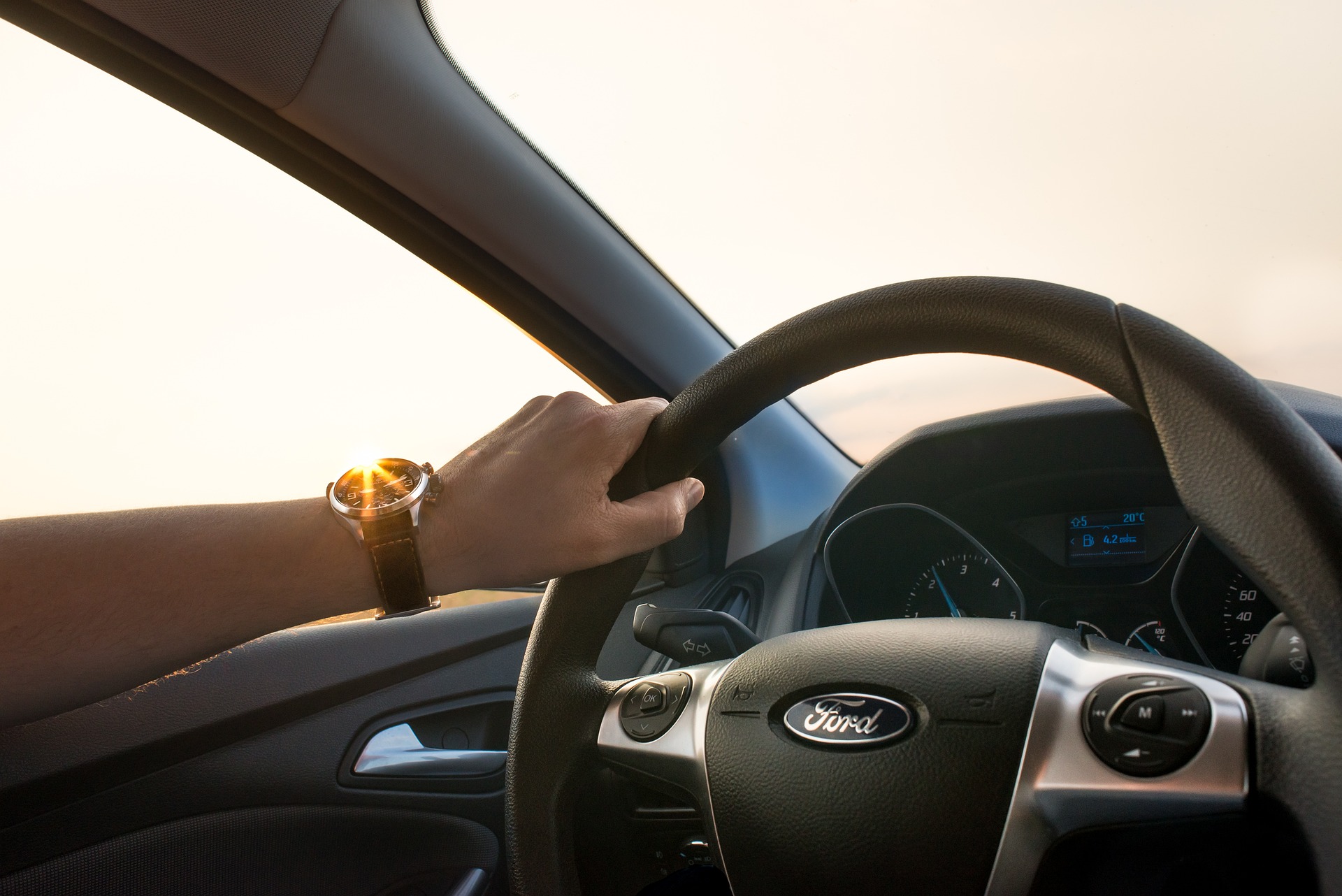
Avoid the Wreck and Skip the Pain
The easiest recovery is the one you don’t have to make. If you’re using defensive driving, you will be more likely to see the potential danger before you’re upon it, and you’ll be able to avoid the wreck all together. But it’s been a long time since many of us took driver’s ed, and even then, they don’t teach a whole lot of defensive driving in those classes.
So, let’s check in with the Car Crash Captain, and learn some of the most important defensive driving techniques that could save your life on the upcoming road trip season.
What is Defensive Driving?
Defensive driving is the opposite of aggressive driving. You know those types, they’re weaving in and out of traffic, taking risks, usually speeding, and over all they’re the “maniacs” on the road.
Those who drive defensively aren’t just puttering along going way too slow and causing a hazard, though. Defensive driving is all about knowing the risks, spotting hazards, understanding what’s going on, and ultimately being prepared for whatever comes your way.
6 Techniques that May Save Your Life
Many of the defensive driving techniques seem to be common sense when we sit down and review them. But we have all seen those road-ragers out there – common sense goes out the window when most people get behind the wheel.
- Know the Road Conditions – Defensive driving starts before you leave the house. Know the weather, know where the construction is, know if traffic will be heavy and congested or light, know if you’re likely to encounter debris.
- Follow Safely – During ideal road conditions, you should follow at least three-seconds behind the car ahead of you. You can quickly and easily see how far behind you are by watching as the other vehicle’s shadow passes road markings, then counting off the seconds in your head. Increase this distance in the dark, on wet roads, and on icy roads.
- Scan Ahead – You should always be scanning the road ahead (and to the sides if there is cross traffic). Making a mental note of any potential hazards helps to keep you safe. How far ahead do you look? Reports vary, but 12 to 15 seconds ahead should give you plenty of lead time in case evasive action is necessary. At 45mph, 15 seconds is nearly 1,000 feet ahead.
- Brake Early – If you’re following safely and you’re adequately scanning the road ahead of you, you’ll be able to see when traffic is slowing or stopping. Braking early lets those behind you have more time to slow themselves down instead of everyone jamming on the brakes suddenly.
- Drive without Distractions – This is a no-brainer these days. Put the phone away, and focus on the road. It’s a simple concept that can save thousands of lives every year.
- Know Your Escape – Wherever you are, know how to escape from danger. Be aware of those open paths to get away from anything that could happen, and leave an opening so you can move out of the way if traffic has slowed or stopped.
Visit with Herbert Law Group if You’ve been Injured
Even the safest drivers are prone to the misfortune of reckless drivers on the roads. If you have been injured, or a loved on has been killed, due to someone else’s negligence, then we should talk about what happened, and determine a way that Herbert Law Group can help.
Most insurance companies aren’t going to offer a settlement that is sufficient to your losses. We’ll help show that you deserve more, and encourage them to make the right choice.
It all starts with a free conversation. Call our offices at 214-414-3808, or fill out the contact form on our site, and we’ll reach out to you shortly.